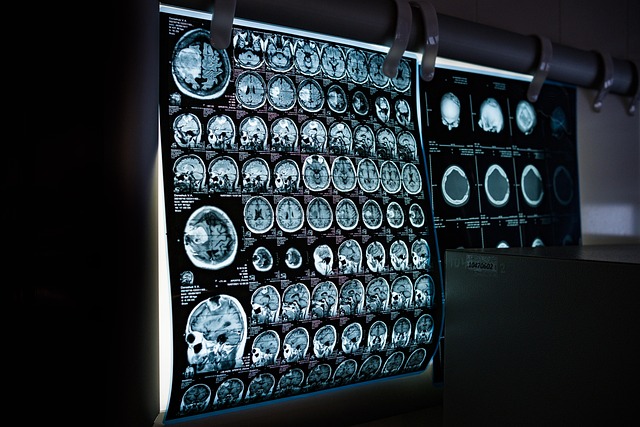In today’s rapidly evolving landscape, businesses are continuously challenged to adapt to the fast-paced technological advancements that define modern commerce. Among the innovations that stand out is intelligent imaging, a revolutionary tool that marries robotics and artificial intelligence (AI) to drive efficiency and productivity in various sectors. As competition stiffens, embracing such technologies isn’t just an option; it’s essential for survival and growth.
At its core, intelligent imaging leverages sophisticated algorithms and advanced sensor technology to capture, analyze, and interpret visual data. This evolves beyond standard imaging techniques, allowing businesses to gain deeper insights into operational processes. For instance, manufacturing industries now utilize intelligent imaging for quality control, where robotic systems equipped with high-resolution cameras can inspect products at speeds no human can match, reducing waste and ensuring consistent quality.
Moreover, the integration of robotics in business operations helps to automate repetitive tasks that consume valuable time and resources. With intelligent imaging, robots can navigate complex environments, identify objects, and make real-time decisions based on visual feedback. This capability not only streamlines workflows but also empowers human workers to focus on more creative and strategic initiatives, fostering a culture of innovation within the organization.
As we further explore how intelligent imaging intersects with AI, it becomes clear that data-driven decisions become increasingly reliable. AI algorithms can analyze images, recognize patterns, and even predict outcomes based on historical data. Consider retailers utilizing intelligent imaging in their inventory management; AI-equipped systems can monitor stock levels by analyzing images of shelves, automatically notifying staff when items need replenishing. This level of automation minimizes human error and maximizes efficiency, allowing businesses to respond swiftly to consumer demands.
Adaptation in the business world requires not only the implementation of new technologies but also a mindset shift. Embracing these innovations means rethinking traditional processes and aligning them with the capabilities that intelligent imaging offers. Organizations that invest in robotics and AI gain a competitive advantage, enabling them to be more agile and responsive. In a world where customer preferences shift rapidly, the ability to adapt becomes a crucial factor in long-term success.
The benefits of intelligent imaging extend beyond operational efficiency; they can even enhance customer experiences. For example, in the healthcare sector, intelligent imaging aids in precise diagnostics, improving patient outcomes. With AI analyzing medical images, healthcare providers can detect anomalies earlier and more accurately. This not only saves lives but also streamlines healthcare administration, illustrating a poignant example of technology driving adaptation towards better service delivery.
Furthermore, the environmental impact cannot be overlooked. By optimizing resource management through intelligent imaging, businesses can significantly reduce their carbon footprint. Robotics combined with intelligent imaging allows for meticulous monitoring of resources, ensuring that due diligence is maintained in consumption and waste management. This alignment with sustainability goals resonates deeply with today’s socially conscious consumer base.
In essence, integrating intelligent imaging is less about replacing the human element; rather, it’s about enhancing human capabilities. By leveraging robotics and AI, organizations can navigate the complexities of modern business with confidence, ensuring that adaptation becomes second nature. As these technologies continue to evolve, they will undoubtedly reshape industries, making intelligent imaging a cornerstone of future-ready enterprises.




